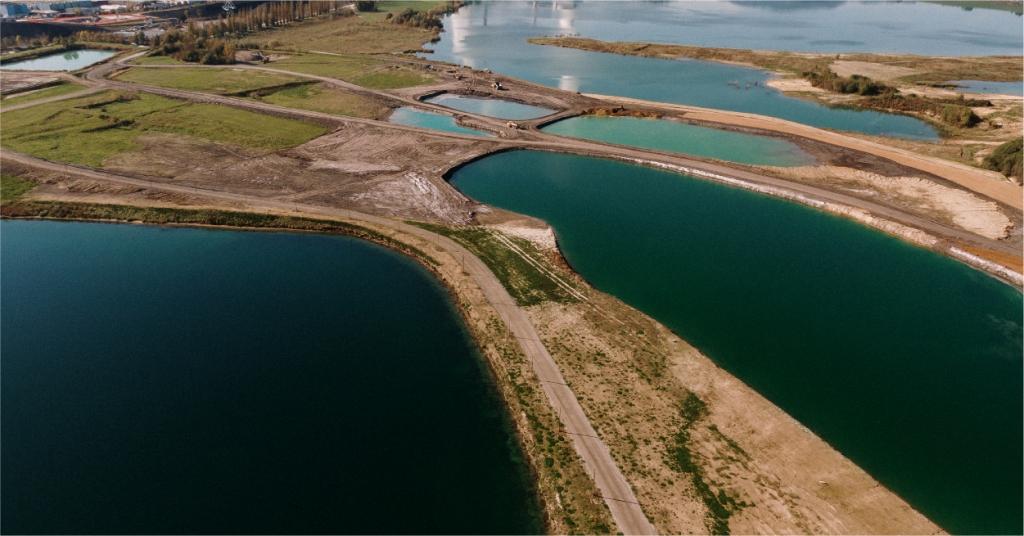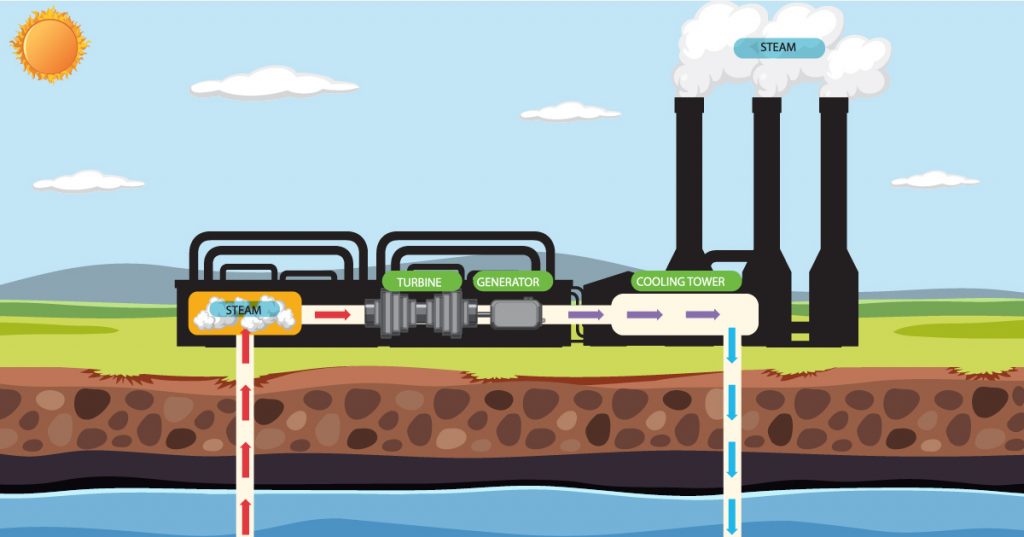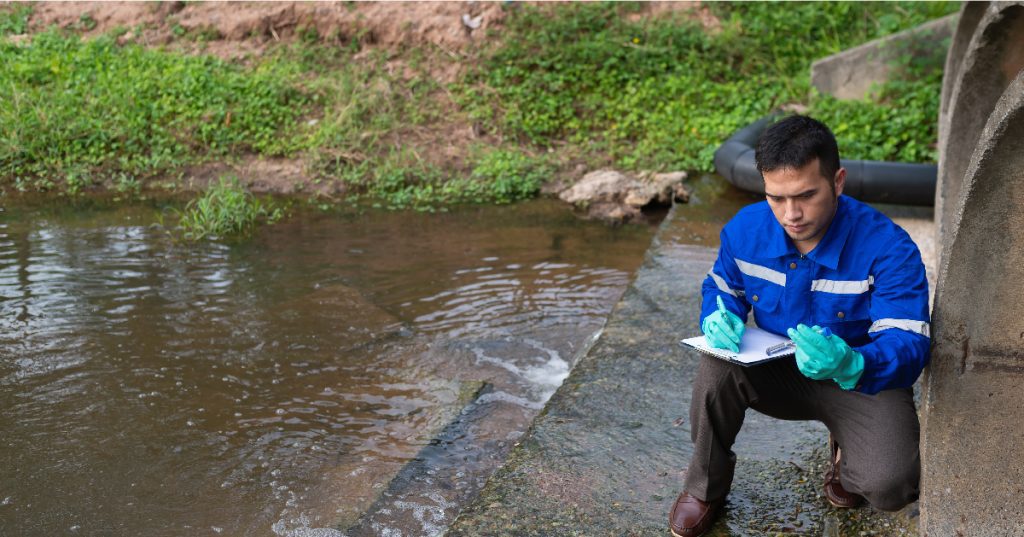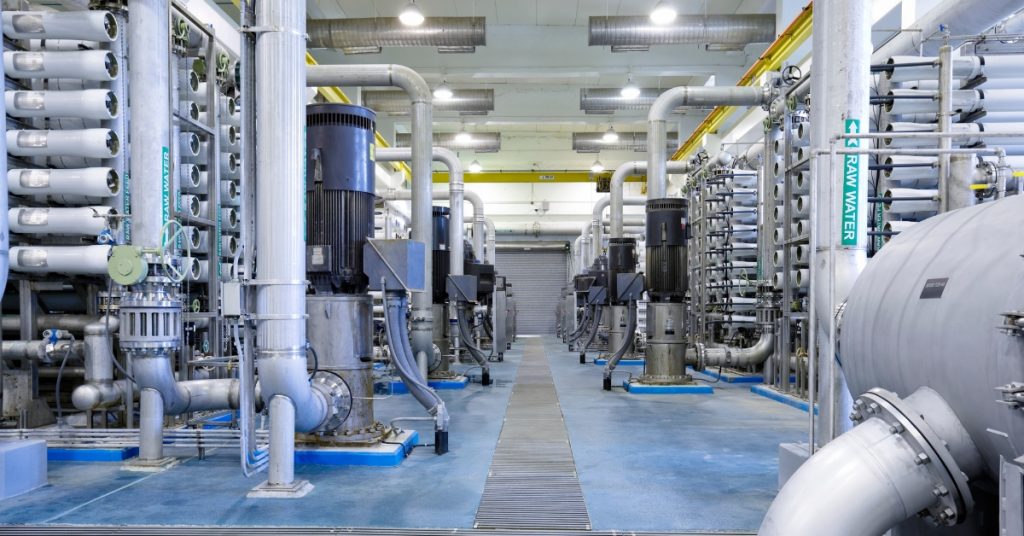As a global hub of innovation and sustainability, Singapore is a leader in implementing effective solid waste management methods. With limited land space and a commitment to environmental preservation, the city-state has developed advanced systems and policies to address its growing waste challenges. This blog explores solid waste management, the procedure for solid waste management, and the safety measures that ensure a cleaner and greener Singapore.
What is Solid Waste Management?
Solid waste management is the systematic handling, processing, and disposal of waste materials generated from residential, industrial, and commercial activities. It aims to minimize environmental impact, protect public health, and optimize resource recovery through recycling and reuse.
Solid waste management is a critical aspect of the country’s sustainability efforts in Singapore, supported by innovative technologies and stringent policies. With the National Environment Agency (NEA) spearheading these initiatives, the nation is setting benchmarks for effective waste management.
The Procedure of Solid Waste Management
The procedure for solid waste management in Singapore involves a comprehensive approach that includes waste collection, transportation, treatment, and disposal. Below is an overview of how this system works:
1. Waste Generation and Segregation:
Waste management begins at the source, where individuals and businesses are encouraged to segregate recyclable and non-recyclable waste. Recycling bins are placed across the country to make segregation convenient.
2. Collection:
Licensed waste collection companies are responsible for gathering solid waste from households, businesses, and public spaces. Separate collection systems for recyclables and general waste streamline the management process.
3. Transportation:
The collected waste is transported to waste transfer stations or treatment facilities using specialized vehicles designed to prevent spillage and environmental contamination.
4. Treatment and Processing:
At this stage, waste undergoes various treatments:
- Recycling: Materials like paper, plastic, metal, and glass are processed into new products.
- Incineration: Non-recyclable waste is incinerated at waste-to-energy (WTE) plants to reduce its volume while generating electricity.
- Composting: Organic waste is converted into compost for agricultural and landscaping use.
5. Final Disposal:
Residual ash from incineration and non-recyclable waste is sent to the Semakau Landfill, Singapore’s offshore landfill designed to minimize environmental impact.
Advanced Methods of Solid Waste Management in Singapore
1. Waste-to-Energy (WTE) Plants:
These facilities play a pivotal role in reducing waste volume by incinerating non-recyclables and converting the heat into electricity. Singapore’s WTE plants are among the most efficient globally.
2. Extended Producer Responsibility (EPR):
Under this scheme, producers are responsible for managing the lifecycle of their products, including recycling and disposal. This approach encourages sustainable production and reduces waste generation.
3. Smart Waste Management:
Singapore employs digital technologies such as IoT sensors and data analytics to optimize waste collection and monitor recycling rates.
4. Public Awareness Campaigns:
Education and outreach initiatives, like the “Recycle Right” program, aim to cultivate a culture of recycling and responsible waste disposal among residents.
Safety Measures in Solid Waste Management
Safety is a critical component of solid waste management to protect workers, communities, and the environment. Singapore has established stringent safety measures in solid waste management, including:
1. Worker Protection:
Employees handling waste are provided with personal protective equipment (PPE), such as gloves, masks, and safety boots, to minimize exposure to hazardous materials.
2. Safe Waste Transport:
Vehicles used for waste collection and transport are designed to prevent leaks, spills, and contamination during transit.
3. Regulated Incineration:
Incineration facilities are equipped with advanced pollution control systems to minimize emissions and comply with environmental standards.
4. Proper Hazardous Waste Disposal:
Special protocols are in place for disposing of hazardous materials, such as medical and industrial waste, to prevent harm to people and ecosystems.
5. Emergency Preparedness:
Waste management facilities have contingency plans to address accidents, fires, or leaks, ensuring swift and effective responses to potential hazards.
The Future of Solid Waste Management in Singapore
Singapore continues to innovate and lead in waste management through initiatives like the Zero Waste Masterplan. Key objectives include:
1. Increasing Recycling Rates:
Enhancing infrastructure and public participation to achieve a recycling rate of 70% by 2030.
2. Promoting Circular Economy Practices:
Encouraging industries to adopt circular economy models that prioritize resource recovery and minimize waste.
3. Exploring Alternative Technologies:
Investing in cutting-edge technologies, such as advanced pyrolysis and bioconversion, to manage waste more efficiently.
Ion Exchange: Pioneering New Frontiers in Solid Waste Management
Ion Exchange offers advanced technologies for sustainable solid waste management through resource recovery. Their Integrated Waste Management System treats chemical, biological, and oily sludge generated during waste treatment processes. Additionally, Ion Exchange provides customized and pre-designed waste-to-energy plants that utilize advanced technologies to convert municipal solid waste and sludge into clean water, energy (heat and power), and organic fertilizers, thereby embracing the principles of the circular economy.
- Sludge Dewatering: It is a crucial process in wastewater management, offering efficient solutions to reduce sludge volume and disposal costs. It includes a range of products such as centrifuges, which use high-speed rotation to separate water from solids, and belt filter presses, which compress the sludge between two filter belts to extract water. Screw presses provide a continuous and effective method for dewatering with minimal maintenance, while fecal sludge treatment focuses on safely managing and processing human waste. These technologies collectively enhance the efficiency and sustainability of waste management practices.
- Waste to Energy: The INDION Waste to Energy System offers an advanced, integrated process for energy recovery by combining wastewater and organic solid waste treatment. This cost-effective solution employs a novel blend of proven technologies to tackle the challenges of sludge and municipal solid waste management. Unlike conventional systems that consume significant energy, the INDION system is a net power generator, ensuring environmental protection and resource recovery simultaneously. This holistic approach to energy, waste, and wastewater management not only addresses waste issues but also contributes to sustainable energy production, making it a pioneering solution in waste management.
Conclusion
Solid waste management is a collective responsibility that requires coordination between individuals, businesses, and the government. By adhering to efficient procedures, ensuring safety measures, and promoting public participation, Singapore can pave the way for a cleaner future. As the nation embraces innovative solutions and sustainable practices, it continues to set an example for environmental conservation.





